Rodney King Death, ‘Accidental Drowning’
23 Aug, 2012
SAN BERNARDINO, Calif. (AP) — Rodney King had been drinking and was on drugs when he plunged into a swimming pool and accidentally drowned, a coroner’s report released Thursday concluded.
The report confirmed a police conclusion that King died by accident and the case will be closed, Rialto police Capt. Randy DeAnda said.
‘‘The investigation is now completed and basically the autopsy and toxicology reinforces our conclusions,’’ DeAnda said.
King, whose videotaped beating by Los Angeles police in 1991 led to deadly rioting, had long struggled with addiction.
A call from King’s fiancee brought police to his Rialto home at 5:30 a.m. on June 17. Officers pulled him from the bottom of the pool and he was pronounced dead at a hospital.
His fiancée could not swim and attempted to revive King by prodding him with a pitchfork and hoe before authorities arrived, according to the report.
The San Bernardino County coroner’s report listed the cause of death as drowning ‘‘and the contributing cause was combined with ethanol (alcohol) and multiple drug toxicity,’’ DeAnda said.
Toxicology tests showed that King had a blood-alcohol level of .06 and amounts of PCP, cocaine and marijuana in his system, the captain said.
‘‘Mr. King was in a state of drug- and alcohol-induced delirium at the time of the terminal event and either fell or jumped into the swimming pool,’’ DeAnda said. ‘‘Obviously, the effects of the drugs and alcohol combined precipitated some kind of cardiac arrhythmia, thus incapacitated Mr. King, and he was unable to save himself.’’
Arrhythmia is an irregular heartbeat.
The report details numerous injuries King sustained over his lifetime, including several birdshot pellets that remained in his body after a 2007 accident with a shotgun. It also states that King had a history of falling down and of having to be rescued from the swimming pool.
King’s death occurred just months after the 20th anniversary of the Los Angeles riot brought him renewed attention. In the intervening years he had struggled with substance abuse and had a string of arrests.
But, at the time, he had just published a book about his life and was upbeat.
‘‘America’s been good to me after I paid the price and stayed alive through it all,’’ he told The Associated Press. ‘‘This part of my life is the easy part now.’’
It was an unusually positive view for a man who symbolized the problem of police brutality and had long since lost the $3.8 million he’d been awarded in a civil suit against the city over the beating.
In March 1991, the then-25-year-old King led authorities on a high-speed chase that ended on a darkened Los Angeles street.
He was finally stopped by four Los Angeles police officers who were videotaped striking him more than 50 times with batons, kicking him and shooting him with stun guns. He suffered 11 skull fractures, a broken eye socket and facial nerve damage.
A resident recorded the videotape the beating and it was played over and over for a year, inflaming racial tensions.
The officers’ trial, which was moved to the predominantly white suburb of Simi Valley, ended on April 29, 1992. A jury with no black members acquitted three of the officers on state charges and a mistrial was declared for a fourth.
Within hours Los Angeles was engulfed in violence and flames. Fifty-five people died, more than 2,000 were injured and more than $1 billion in damage was done.
At the height of the rioting, King made his famous plea for peace, saying, ‘‘Can we all get along?’’
Mentioned In This Post:
About the author
Related Posts
-
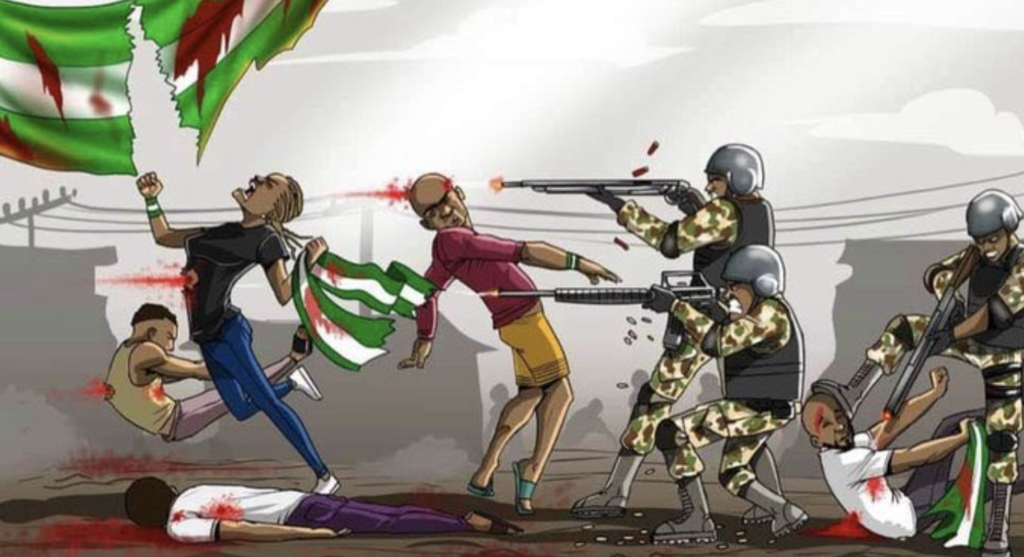
The People Have Had Enough #EndSARS
-
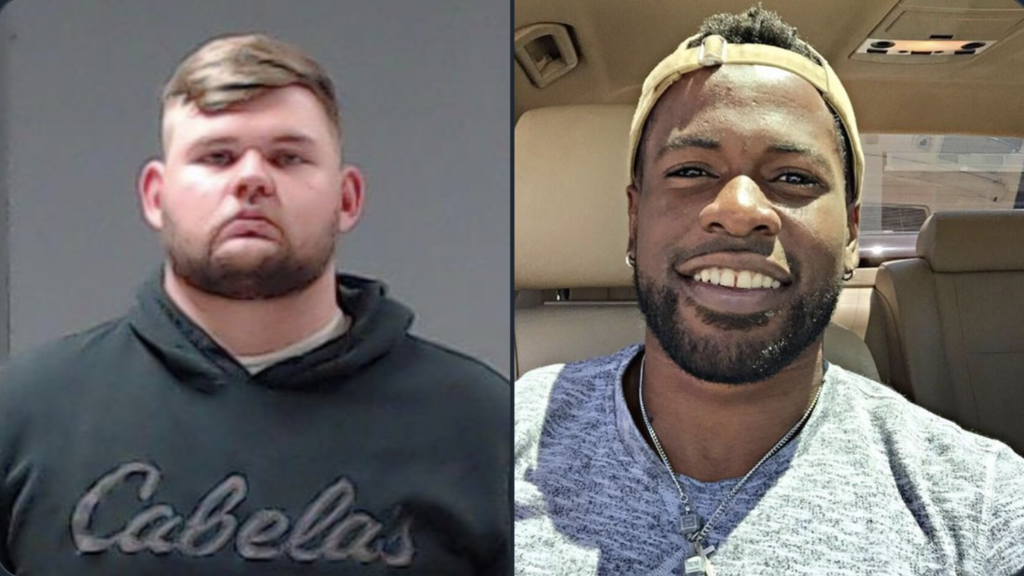
Another Day, Another Unarmed Man Killed By Police
-
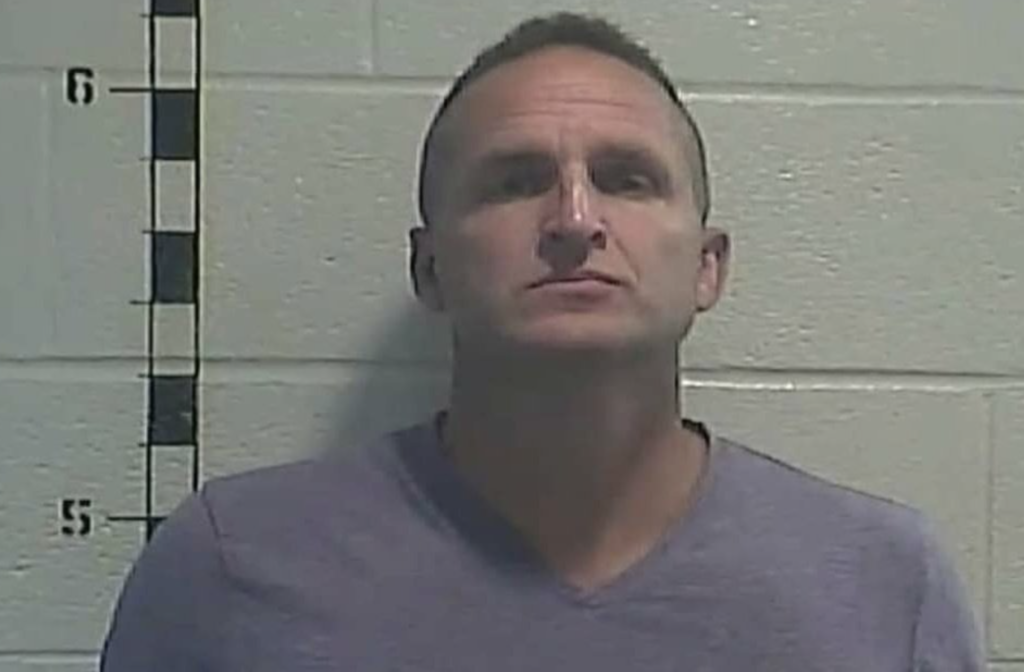
We Are Sorry Breonna, We Know This Is Not Justice!
-
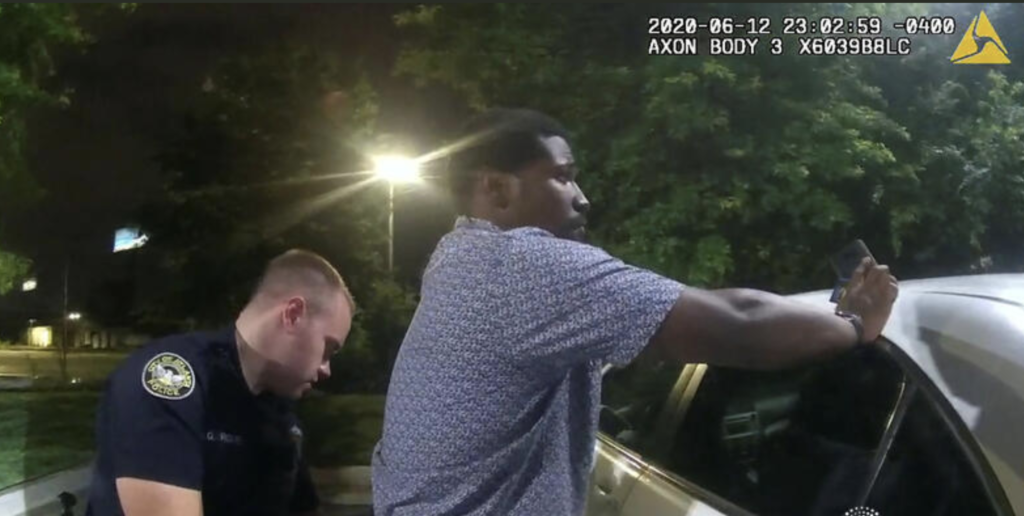
Does Resisting Arrest Equal Death?!
-
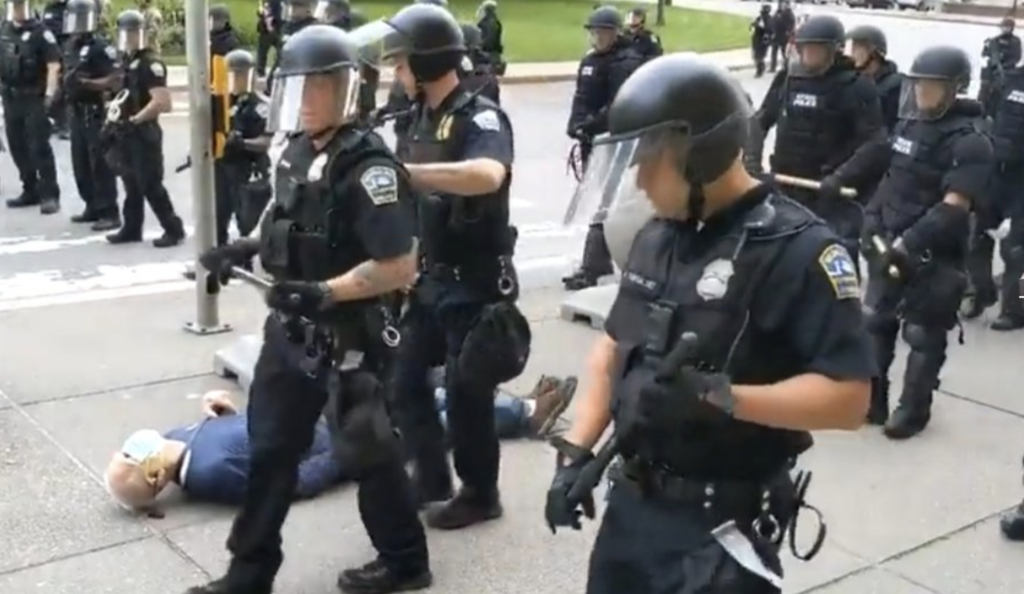
They Did This KNOWING Cameras Were Rolling
-
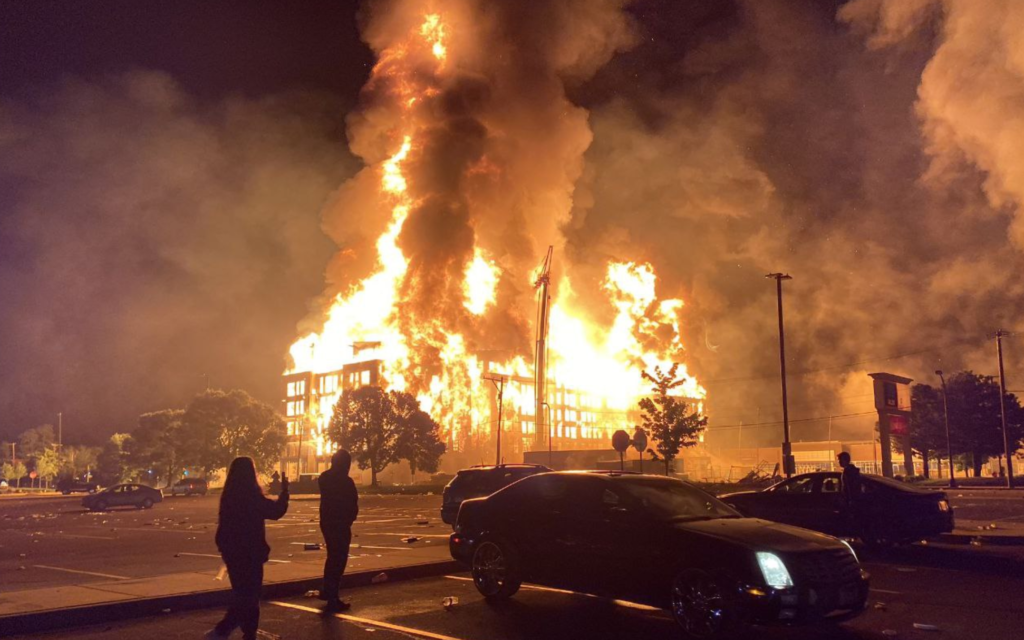
Minneapolis Is Burning
-
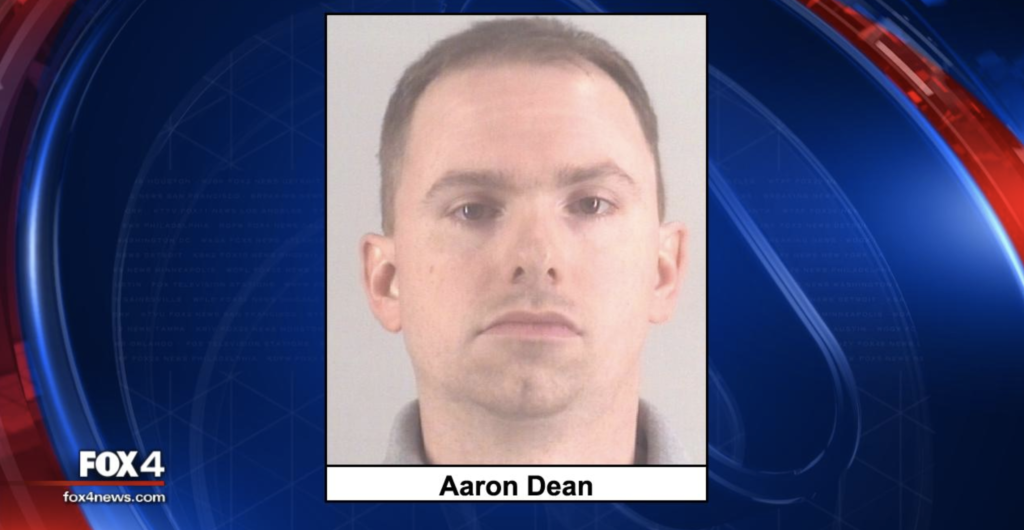
Cop Charged in Murder Atatiana Jefferson
-
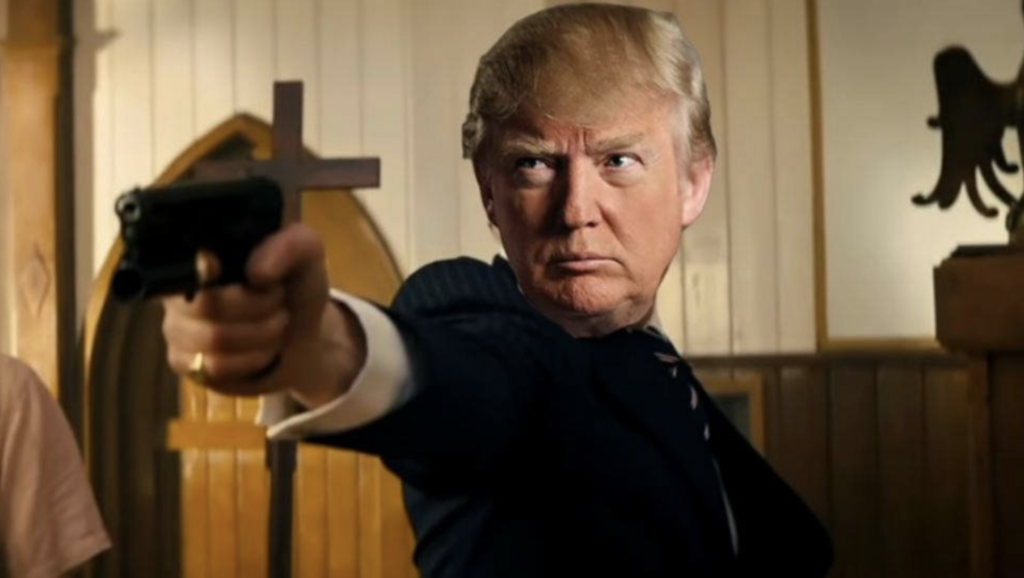
This is America!
-
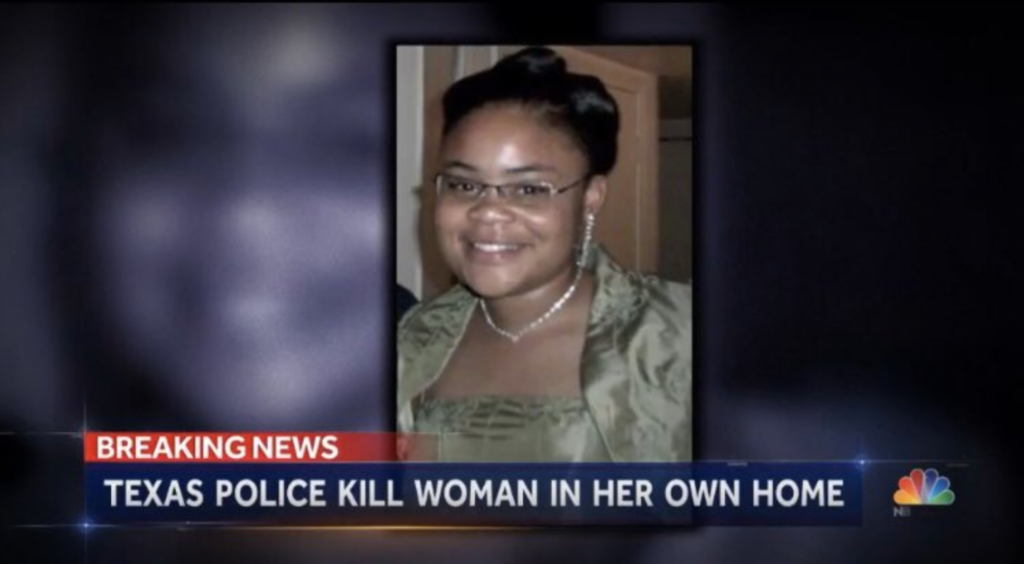
Murdered By Police, in Her Own Home
-
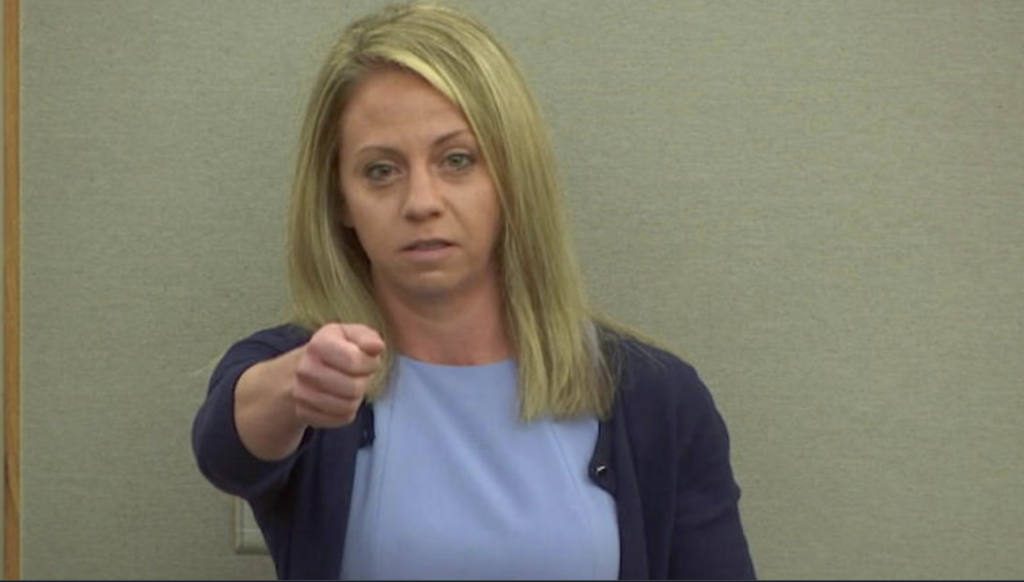
10 Years For Murder










